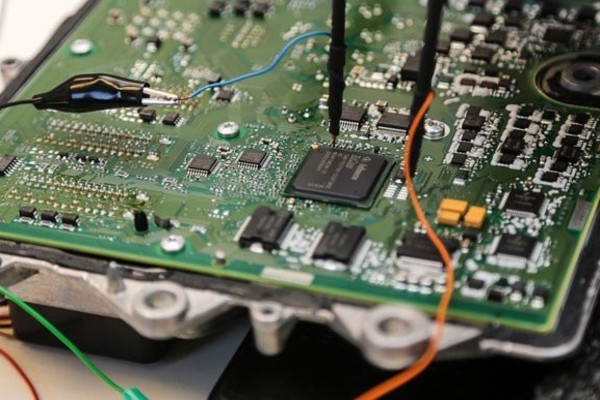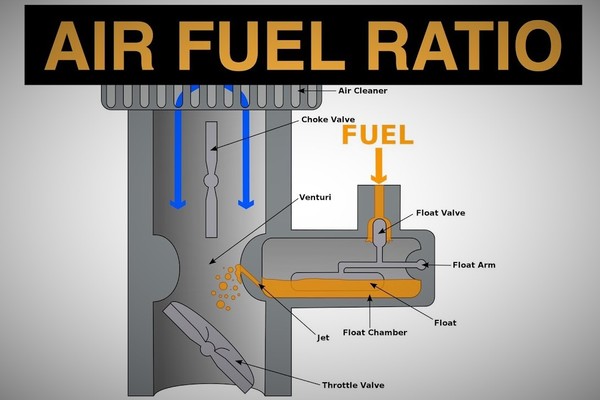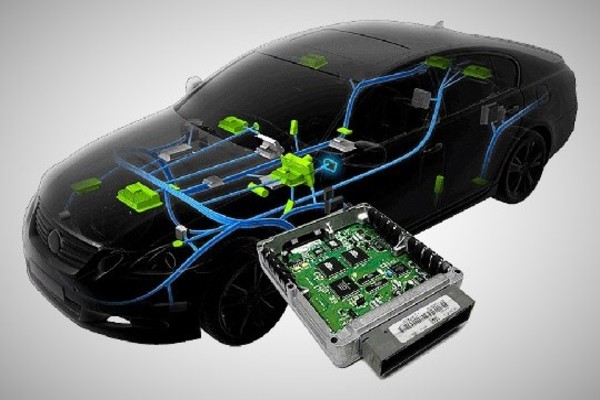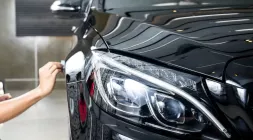Everything You Need to Know About the ECU
ECU is the one in charge of the engine to run smoothly and effectively. Nowadays, ECU in modern trucks and cars is used for good engine performance.
The engine of a car is like a human body. It is composed of different parts with their functions and purposes. The piston is like the heart, headlight for the eyes, and the engine control unit or ECU is the brain. Simply put, ECU is the one in charge of the engine to run smoothly and effectively. Nowadays, ECU in modern trucks and cars is used for good engine performance. It controls a bunch of actuators to do this. In this article, Philcarnews.com will discuss everything you need to know about the ECU of your car.
What is ECU?
The term ECU can be referred to as the Engine Control Unit or Electronic Control Unit. The latter is a part of any mechatronic system not limited only to the engine. However, we will discuss more on the engine control unit. The ECU is the one responsible for controlling the car’s engine. It utilizes a control system known as the closed-loop. It gathers different data from many sensors and then does the calculation. After that, it will then decide on the fuel injection and spark timing. ECU performs all these activities to have the best mileage and lowest emissions.

The term ECU can be referred to as the Engine Control Unit or Electronic Control Unit
What can ECU control in specific?
The ECU or the brain of a car aids to manipulate various kinds of systems in the engine. These systems are fuel and air ratio, ignition timing, idle pace, and changing valve timing. To elaborate more about this, read the following paragraphs.
Fuel and Air ratio
Most modern vehicles use a type of gas injection to deliver the correct amount of fuel and air ratio. The ECU is in charge of determining the right amount of fuel to be injected on the cylinder based on numerous sensor readings.
The oxygen sensors will indicate if the engine is operating lean or rich and tell it to the ECU. The throttle sensor displays the degree of pressing down the pedal. There is also a sensor for mass flow that measures the air inside the engine. Lastly, another sensor senses the temperature of the engine. If the temperature of the engine is cold, there will be an additional injection of fuel until it becomes warmed up.
>>> Related: Scan tools and code readers - Just a few minutes to detect problems in modern cars

Most modern vehicles use a type of gas injection to deliver the correct amount of fuel and air ratio
Ignition Timing
A spark is required to create combustion inside the combustion chamber of a spark-ignition motor engine. The exact timing for this spark is controlled by the engine control unit or ECU. The ignition timing is controlled to provide the best power for the engine and be economical.
ECU can distinguish a destructive condition known as knocks. With this, ECU will hold up the spark timing to keep the ignition timing from being early compared to the compression stroke.

The ignition timing is controlled to provide the best power for the engine and be economical
Idle Pace
Most car engine systems contain control on idle speed in their ECU. The revolution per minute (rpm) of the engine is observed through the crankshaft sensor. This sensor plays an important role in setting the correct timing for spark, valve timing, and fuel injection.
A throttle stop or a control motor controls the idle speed of the engine. Controlling the idle pace needs to forestall the motor load while on idle. The load differences could be because of the energy brake, the steering system, the AC, or the heating system.
Other things may affect the engine load while it is at an idle pace. These things include engine temperature, the status of transmission, or the life and duration of the camshaft.
>>> Related: When does your car tell about bad PCM?

Most car engine systems contain control on idle speed in their ECU
Changing of Valve Timing
Most engines have valve timing. In these engines, ECU manipulates the engine cycle in which the valves will open. The valves are often opened sooner at higher speeds. If it is a lower speed, the valve will be opened later. At a higher speed, the airflow can increase into the cylinder. This will then result in an increase in the fuel economy and power of the engine.
How do you troubleshoot an ECU?
Troubleshooting or solving a problem regarding ECU is a bit similar to doing it on a computer. There are elements or components that a normal user could change, however, the best option would be to completely replace the whole computer. Practical knowledge about ECU is needed to fix it or take it apart. You also need the specific tools needed for it.

Troubleshooting or solving a problem regarding ECU is a bit similar to doing it on a computer
What are the signs and symptoms of a faulty ECU?
There are several factors you may encounter to notice that the ECU is working inappropriately. Check below for some signs you must be aware of.
- First and foremost, your car vehicle has trouble starting or will not start at all. If it runs it will be with idling or stalling.
- The dash error light is not working. This can be an indication of a faulty ECU as this light is controlled by the ECU.
If you think the ECU is broken, there are still ways to double-check before replacing your ECU. To sum up, you can check on the spark plug, alternator, and gas pump for any damage. The damage to the said components may lead to ECU problems.
How to remove the ECU?
The ECU can be placed in different positions depending on the brand and model of a car. Still, you could refer to the following tips on how you can remove the ECU.
- Always remember to isolate the equipment before doing maintenance. This is very crucial, especially when working on electrical equipment. Remove the battery terminals of your car.
- In some cars, the ECU can be located in the console. It is placed beside the firewall of the motor of your vehicle.
- For some models, the ECU is located underneath a carpet. After taking the said carpet, remove the two plugs and protective plate of the ECU.
- Moreover, keep in mind to always read the manual of your car. This will help you locate the accurate position of the ECU and the proper and easy way on how to remove it.
The engine control unit is one of the valuable advancements in the car industry. Through the help of computer technology, car manufacturers now have the capability of producing car engines with improved accuracy. I hope you learned many things about ECU.
RECENT ARTICLES









